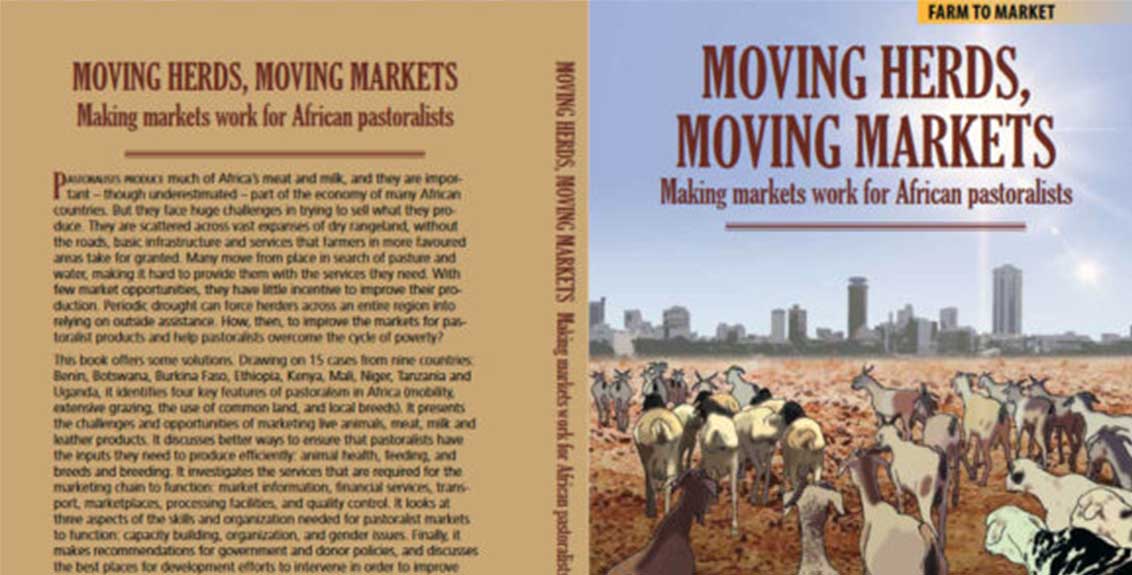Pastoralists produce much of Africa’s meat and milk, and they are important – though underestimated – part of the economy of many African countries. But they face huge challenges in trying to sell what they produce. They are scattered across vast expanses of dry rangeland, without
the roads, basic infrastructure and services that farmers in more favoured areas take for granted. Many move from place in search of pasture and water, making it hard to provide them with the services they need. With few market opportunities, they have little incentive to improve their production. Periodic drought can force herders across an entire region into relying on outside assistance. How, then, to improve the markets for pastoralist products and help pastoralists overcome the cycle of poverty?
This book offers some solutions. Drawing on 15 cases from nine countries: Benin, Botswana, Burkina Faso, Ethiopia, Kenya, Mali, Niger, Tanzania and Uganda, it identifies four key features of pastoralism in Africa (mobility, extensive grazing, the use of common land, and local breeds). It presents the challenges and opportunities of marketing live animals, meat, milk and leather products. It discusses better ways to ensure that pastoralists have the inputs they need to produce efficiently: animal health, feeding, and breeds and breeding. It investigates the services that are required for the marketing chain to function: market information, financial services, transport, marketplaces, processing facilities, and quality control. It looks at three aspects of the skills and organization needed for pastoralist markets to function: capacity building, organization, and gender issues. Finally, it makes recommendations for government and donor policies, and discusses
the best places for development efforts to intervene in order to improve marketing.
Throughout, the book focuses not just on pastoralists but also on other actors in livestock value chains, including traders, processors such as abattoirs and dairies, and service providers such as
financial institutions, advisory services, government and development organizations.
Click to download the Book

